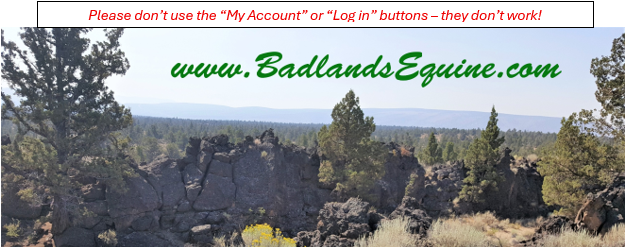Step 7: Horse Response
This step, as a separate item, should really be redundant. You should always be looking at your horse’s response in whatever you do. Some horses are more communicative than others, but they will try to tell you when something isn't right. It might just be an ear flicker when putting pressure in a certain area. Or it might be very clear – pinned ears, attempts to bite, bucking, inability to move round and even.
You should become familiar with your horse’s back. Prior to putting on a saddle, run your hands lightly down the back – never start with a strong driving pressure. Introduce the contact gently, then with increase pressure.
Start at the shoulders and follow the contours of the shape. Palpate the musculature, looking for signs of irritation or sensitivity. Once you are familiar with your horse, you can look for signs of tissue swelling, fluid build up, tense muscles or bruising. It may be a good idea to look for information on the web or buy books on equine massage and the muscular structure of the back, or if you're lucky, there may be a professional in your area to help you improve or maintain your horse's health.
When mounting, does the horse seem to flinch or stagger from your weight? It is always good practice to do a nice mount in a good position. Stand your horse squarely and use either a mounting block or the terrain. This makes the mount easier on both you and the horse. I've seen horses that flinched at the mount because the saddle pulled into the side of the shoulder by a sloppy mount. Try to land in the saddle lightly as well. If you are mounting as nicely as possible, but the horse is still reacting, it warrants more attention to saddle fit or possibly a chiropractic visit.
Is the horse willing to move with his lead low and back rounded? Or is he travelling with his head high and back hollow? There are many exercises that can help work on this, but the saddle must allow the horse to carry himself properly first.
Is there a big difference in your posting motion on the left versus the right diagonal? Does the horse only take one canter lead? Does he always feel like he is running away from something? These symptoms have many sources which aren`t saddle related, but checking the saddle is something you can begin doing right now, on your own. Get experts involved as needed - but come to that conversation educated, able to share your observations. Bring your saddle with you to the vet or chiropractor if in doubt.
